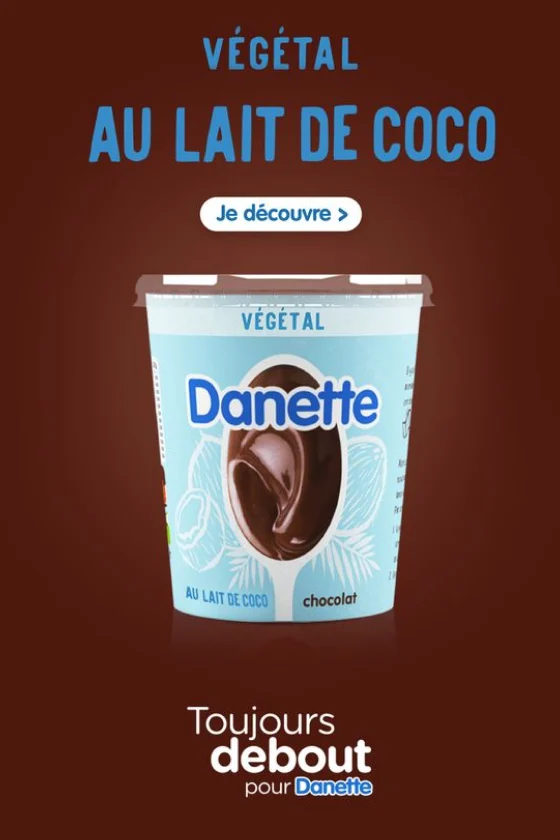The Earth’s environment is in danger and people on Pinterest are fighting to save it. One habit at a time.
Sustainability is more top of mind now than ever before.
From extreme weather events to global food insecurity, the reality is stark—and consumers are increasingly conscious of their impact on the world around them.
In fact, a recent Deloitte report found that in the UK, consumers have stepped up their focus on shopping sustainably year over year.1 People are changing the way they live—focusing just on what they need (+20 points), reducing their meat consumption (+9 points) and opting for low carbon emission modes of transport (+11 points).1
It’s clear: protecting the environment is shaping the way consumers are buying—and people who love Pinterest also love the planet.
Pinterest campaigns with sustainable messaging are 2.4x more likely to lift action intent compared to campaigns without it2

In the UK, Pinterest is the first place Pinners go to find inspiration for sustainable living among social platforms, and 1 in 2 said they want digital platforms to help them discover and connect with eco-friendly brands.3 Not surprisingly, Pinterest’s UK users are 44% more likely to say the environment is a personal interest and 31% more likely than non-Pinners to act on that interest.4 That trend is most apparent among younger demographics: Over 50% of our Gen Z and Millennial users in the UK are willing to pay more for eco-friendly products.4
People on Pinterest are 63% more likely than those not on the platform to say that knowing the product or company is environmentally friendly is a driver for their purchases.4 But people are sceptical. They are wary of greenwashing and unclear on which brands are genuinely making a difference. That said, people are actively seeking brands that match their values. And as they seek out new ways to add sustainability to their buying habits, Pinterest is where they find them.
Our latest Pinterest Predicts report highlighted an increased interest in rainwater harvesting, vintage or hand-me-down home decor and train travel.5 Meanwhile, searches for “simple vegan dinner” are up 150% YoY in the UK.6 All signs of changing habits toward a more sustainable lifestyle. That provides brands the opportunity to influence purchases when people are searching for sustainability ideas on Pinterest.


To prove it, we looked at 54 campaigns that featured sustainability messages in Retail, CPG, Automotive and Financial Services and in seven different markets across Europe.
We found that 94% of sustainable campaigns lifted Pin awareness compared to 84% of non-sustainable campaigns.2 And, importantly, these campaigns drove action intent: Campaigns with sustainable messaging were 2.4x more likely to lift action intent vs non-sustainable campaigns.2 Ok, that’s the data. That’s the real-world business impact. But how can you do it? Our platform is visual, so to make sure your ads have a clear visual focus on eco-friendly behaviour, choose the right imagery to illustrate the purpose and match your colour palette to your green ambitions to help build awareness and trust.
To illustrate these points in action, Dettol turned to Pinterest to launch Tru Clean, their line of plant-based cleaning products. The campaign used greens and ecological imagery in their static and video ads—all advised creative best practices to help drive trust and visual association with sustainability. As a result, the campaign saw a +3.5pts lift in aided brand awareness for people aged 35-49.7
Crucially, when planning a campaign on Pinterest, use your creative to be crystal clear about your green credentials. Deutsche Bahn did exactly this in Germany by putting statistics at the centre of their Idea ads campaign—simply promoting the reduction of CO₂ emissions if you take a train, instead of driving. Data first, relatable and inspiring.
Meanwhile, in France, food brand Danette used a variety of Pinterest ad formats to drive awareness of their plant-based yoghurt range amongst “flexitarians”. The result: a 17% rise in incremental sales of the product.8

Because people who are interested in sustainability are a core part of Pinterest, we’ve made it easier for eco-friendly brands to connect with them. Brands can now target their relevant sustainability audiences in Ads Manager using a combination of predefined interests and keywords, like “electric cars”, “recycled fashion” and “energy saving tips”.
Plus, you can be safe in the knowledge that your ad is appearing in a brand-safe environment. In 2021 we expanded our Community and Advertising Guidelines to prohibit all content and ads with climate misinformation.
Act on the insights
01
Be educational
A lack of eco-knowledge is one of the main reasons people don’t adopt sustainable practices. Consider using Idea ads and partnering with Pinterest creators to share tips and tricks on living sustainably.
02
Every day is Earth Day
Take a look at the emerging sustainability trends in our Pinterest Predicts 2023 report to inform your campaign strategies. Or if you’re after real-time information, see what’s top of mind in our Trends tool.
03
Show off your green credentials
Use crystal clear statistics to show how your brand or product is sustainable. This will help drive trust among sceptical audiences. Think about terms like less plastic, electric powered, plant-based, organic or sustainably grown.
